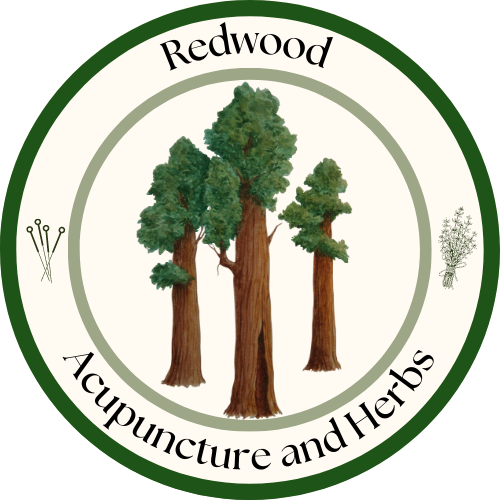Unlocking the Secrets of Your Health: Diagnostic Techniques in Chinese Medicine
When it comes to understanding your health, Traditional Chinese Medicine (TCM) offers a unique and holistic perspective. Rather than focusing solely on symptoms, TCM looks at the body as an interconnected system, using a variety of diagnostic techniques to uncover the root causes of imbalance. In this post, we’ll explore some of the fascinating ways TCM practitioners assess health, with a focus on two cornerstone methods: tongue diagnosis and pulse diagnosis.
The Philosophy Behind Diagnosis in TCM
At the heart of TCM is the belief that the body, mind, and spirit are deeply interconnected. Diagnosing health concerns involves more than just a quick conversation or a few tests; it’s about understanding the full picture of an individual’s well-being. TCM practitioners use what’s known as the “Four Diagnostic Methods”:
Looking (Inspection): Observing the patient’s appearance, including their tongue, complexion, and posture.
Listening and Smelling: Paying attention to the sound of the voice, breathing, and even any specific odors.
Asking: Inquiring about symptoms, lifestyle, emotions, and habits.
Touching (Palpation): Feeling the pulse, and sometimes other areas of the body, to gather more information.
These methods work together to provide a comprehensive understanding of what’s happening inside the body. Let’s dive deeper into two of these techniques that truly set TCM apart: tongue diagnosis and pulse diagnosis.
Tongue Diagnosis – Your Body’s Health Map
Did you know your tongue can reveal a wealth of information about your health? In TCM, the tongue is considered a microcosm of the body, with different areas corresponding to specific organs. For example:
The tip of the tongue reflects the heart and lungs.
The sides of the tongue correspond to the liver and gallbladder.
The center of the tongue represents the stomach and spleen.
The back of the tongue is linked to the kidneys and bladder.
Practitioners evaluate several aspects of the tongue:
Color: A pale tongue may indicate a deficiency of qi or blood, while a red tongue often suggests heat or inflammation.
Shape: A swollen tongue might signify dampness or fluid retention, while a thin tongue could point to yin deficiency.
Coating: The thickness, color, and texture of the tongue coating provide clues about digestive health and the presence of pathogens.
Movement: A quivering or deviated tongue may suggest internal wind or neurological issues.
For example, someone experiencing chronic stress might have a reddish-purple tongue with a thin white or yellow coating and a redder tip, reflecting heat in the heart and emotional tension.
Pulse Diagnosis – The Rhythm of Your Vitality
Taking the pulse in TCM is an art form. Unlike Western medicine, which focuses on heart rate and rhythm, TCM pulse diagnosis assesses the quality of the pulse to understand the state of the body’s internal organs and systems. Practitioners feel the pulse at three positions on each wrist, using varying depths of pressure to gather information about different organ systems.
The Three Positions:
Cun (closest to the wrist): Reflects the heart and lungs.
Guan (middle position): Corresponds to the liver and spleen.
Chi (farthest from the wrist): Relates to the kidneys.
Pulse Qualities:
There are 28 traditional pulse qualities in TCM, each offering specific insights. Some common ones include:
Slippery Pulse: Feels smooth and rolling, often associated with dampness, phlegm, or pregnancy.
Wiry Pulse: Taut and tense, commonly linked to stress, liver imbalances, or pain.
Weak Pulse: Lacking strength, indicative of qi or blood deficiency.
For instance, a wiry pulse combined with a red tongue might confirm a diagnosis of liver qi stagnation, often tied to stress or emotional repression.
Other Diagnostic Techniques
While tongue and pulse diagnosis are integral to TCM, practitioners also use other observations to complete the diagnostic picture. These include:
Face Reading: The complexion and features of the face can reveal imbalances in different organs.
Body Observation: Posture, movement, and even the brightness of the eyes provide valuable clues.
Detailed Questioning: Asking about sleep patterns, digestion, emotional health, and more helps connect the dots.
Why This Matters for You
TCM diagnostic techniques are powerful tools for uncovering imbalances before they develop into serious health issues. By taking a holistic view of the body, practitioners can create personalized treatment plans that address both the root cause and the symptoms of illness. This approach not only supports healing but also promotes long-term wellness.
For example, a practitioner might combine acupuncture, herbal medicine, and dietary recommendations based on what they discover during the diagnostic process. This individualized care is what makes TCM so effective and empowering for those seeking natural health solutions.
Ready to Unlock Your Health?
By understanding the intricacies of your body through TCM diagnostics, you’re not just addressing health concerns—you’re building a foundation for holistic wellness. Start your journey today!

